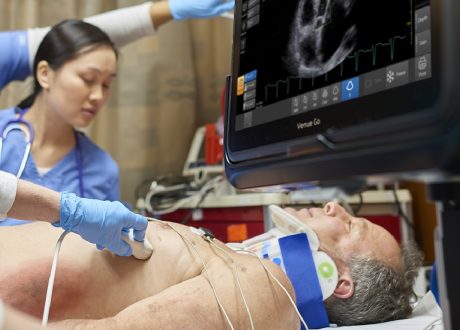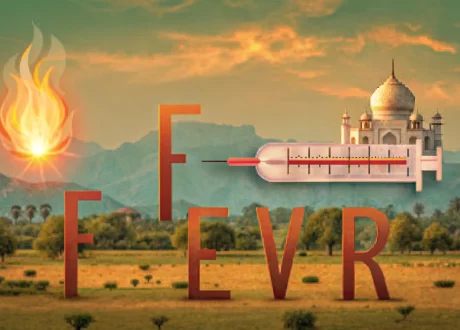Written by Doug Wallace
![]()
Asking EPs the question вАУ вАЬWould you have done something differently? (WYHDSD)вАЭ вАУ was found to have high sensitivity (97.4%) and NPV (99.8%) in predicting medical error. Specificity was lower at 92.9%.
Hindsight is 20/20
Medical errors are a significant concern, with numerous studies demonstrating their effect on morbidity and mortality (third leading cause of death in the U.S.).
The authors conducted a prospective observational study of 6,672 patients undergoing quality improvement review. Clinician reviewers scored the care of cases at risk for medical error using a structured 8-point Likert scale ranging from no error to violation of standard of care and were asked to answer the question, вАЬWould you have done something differently?вАЭ. All cases with a score of вЙ•4 were sent to a multidisciplinary QI committee for further investigation.
Of 6,672 cases reviewed, reviewers said they would have done something differently in 815 cases, 374 of which were found to have вАЬerrorвАЭ by the Likert scale (29 were attributable to ED error). Only 10 cases in which reviewers would not have done something differently were found to have вАЬerrorвАЭ.
The authors assert WYHDSD, вАЬidentified a novel marker to assess for error,вАЭ and that it may be useful as a future single marker for identifying medical errors in case review.
How will this change my practice?
The dynamic nature of the average ED coupled with undifferentiated patient presentations, wide ranging acuity, overcrowding, and perpetual staffing concerns makes for a minefield of medical errors. This study wonвАЩt specifically change my practice, as our QI committee already uses a variation of this question for case review. Nevertheless, it serves as a reminder that asking WYHDSD has great utility for clinicians. EM is a tough specialty that can be humbling, and even the best of us always have room for improvement.
Source
Can Asking Emergency Physicians Whether or Not They Would Have Done Something Differently (WYHDSD) be a Useful Screening Tool to Identify Emergency Department Error? J Emerg Med. 2023 Sep;65(3):e250-e255. doi: 10.1016/j.jemermed.2023.05.005. Epub 2023 Jun 10.









